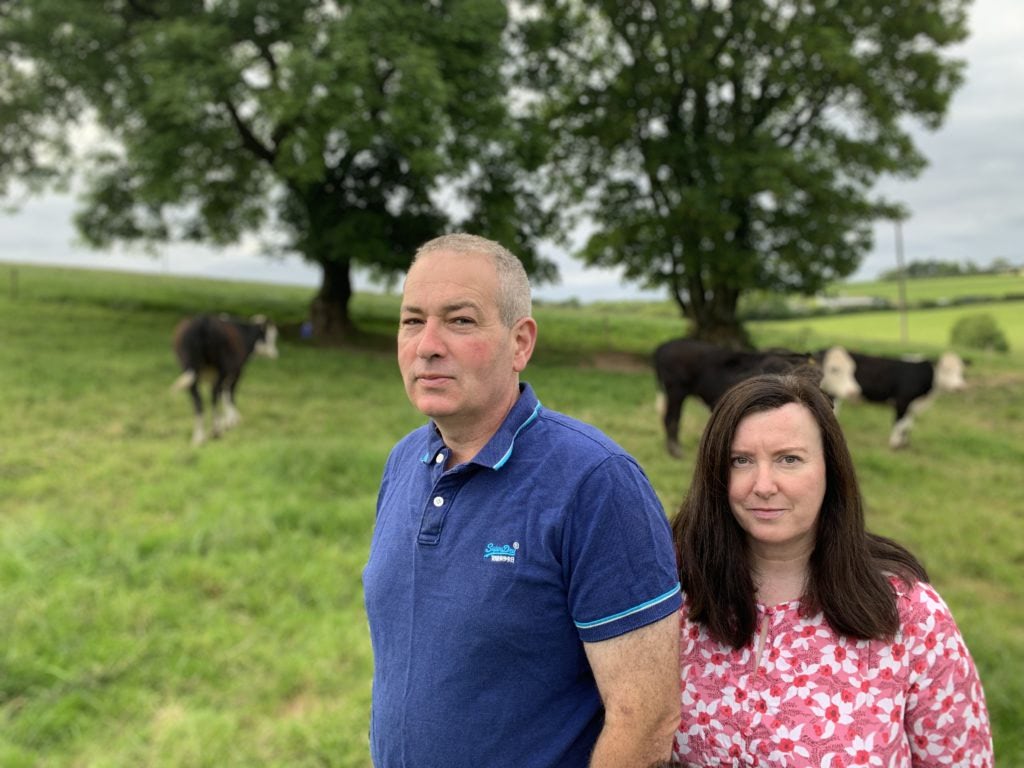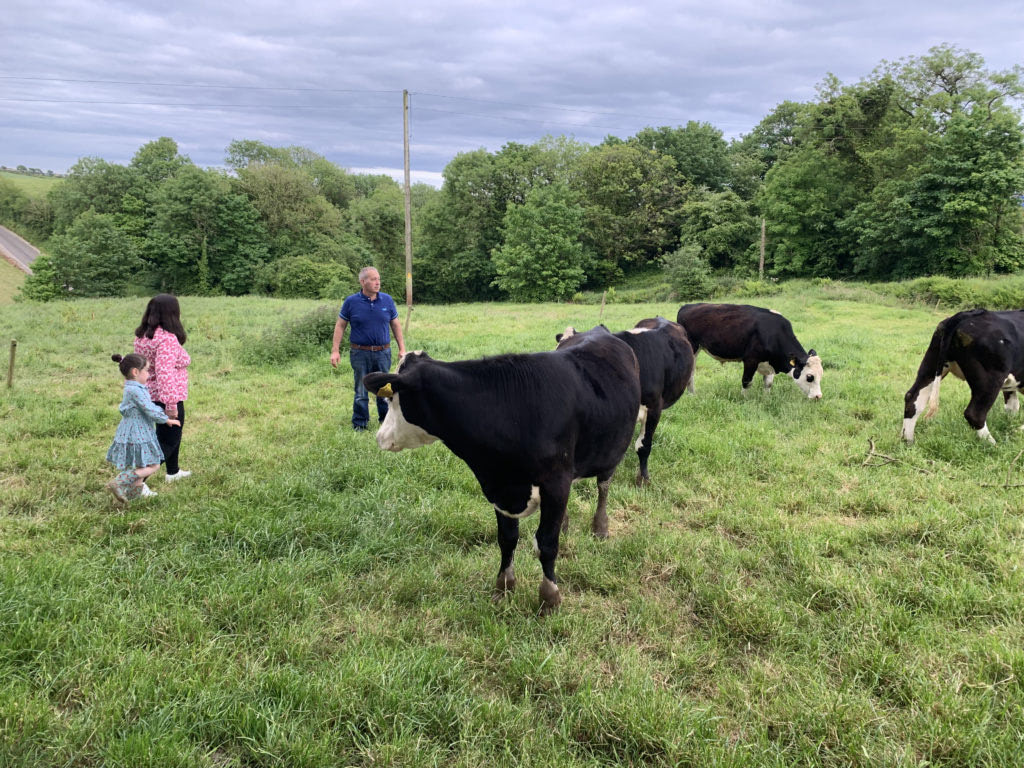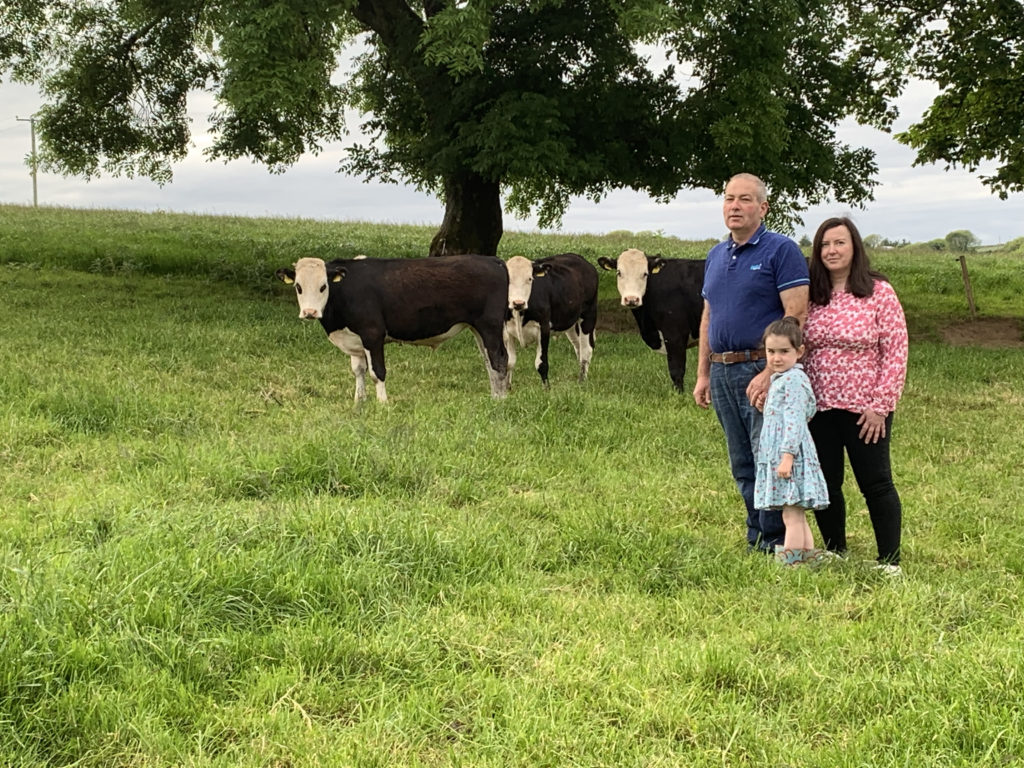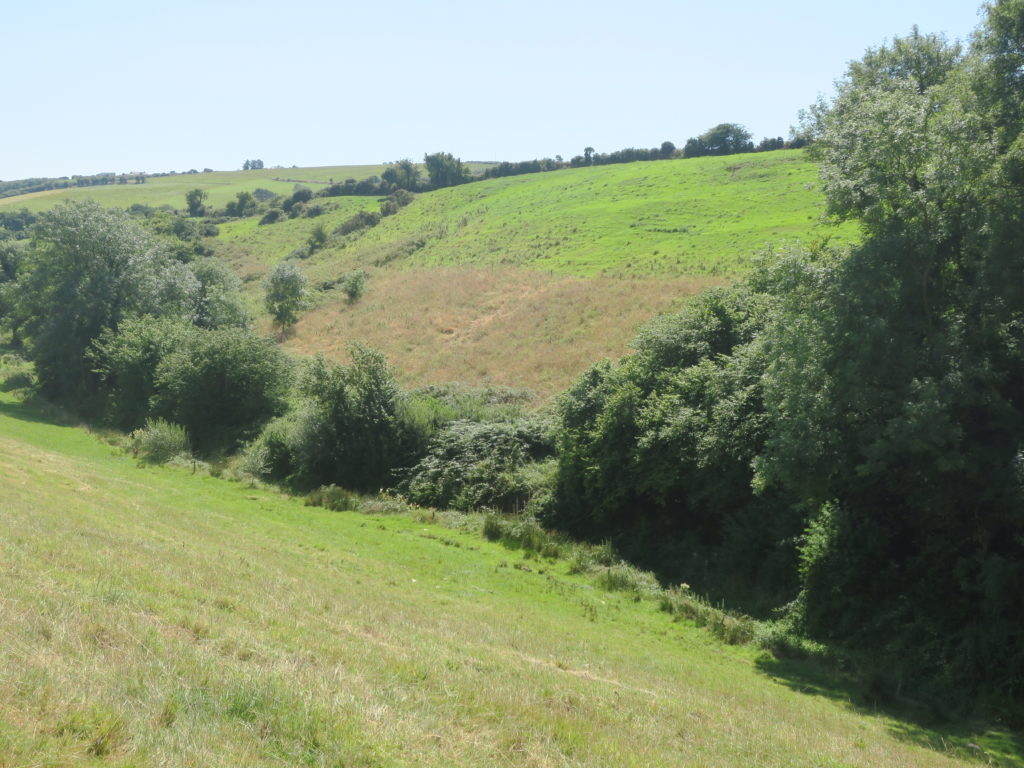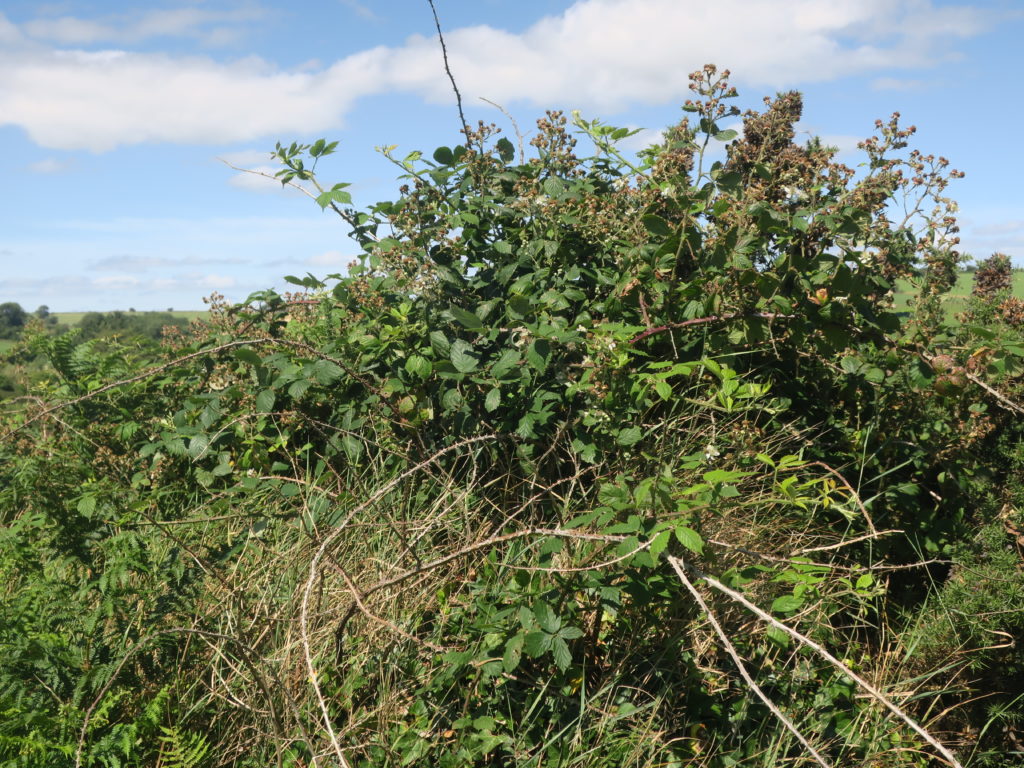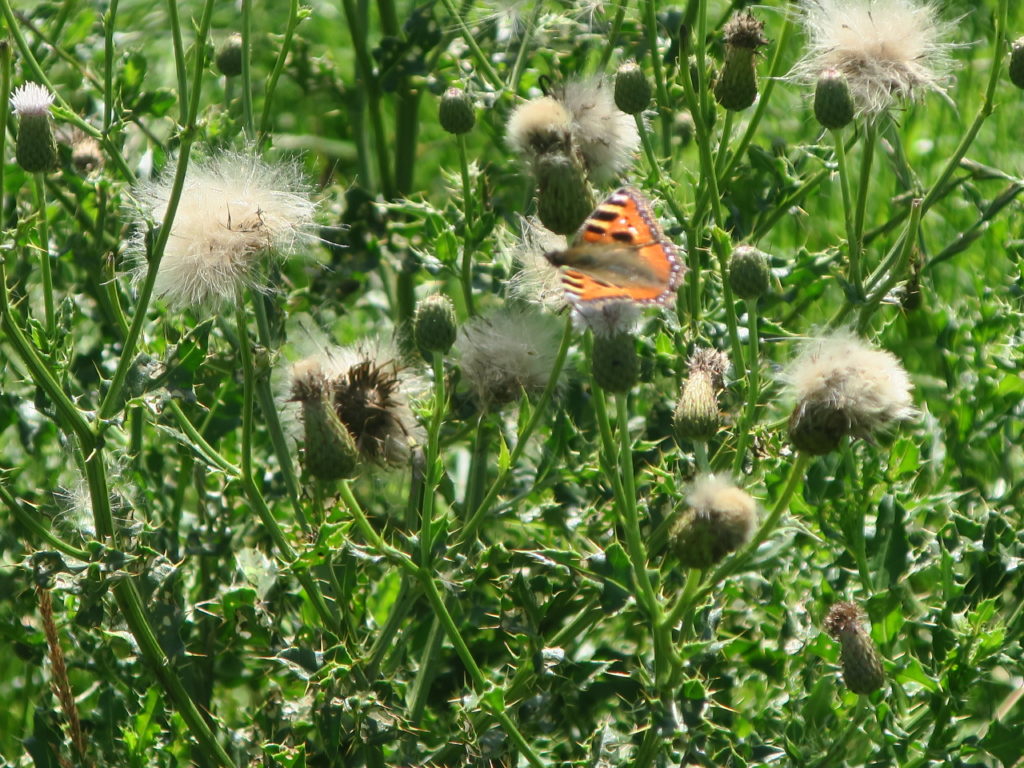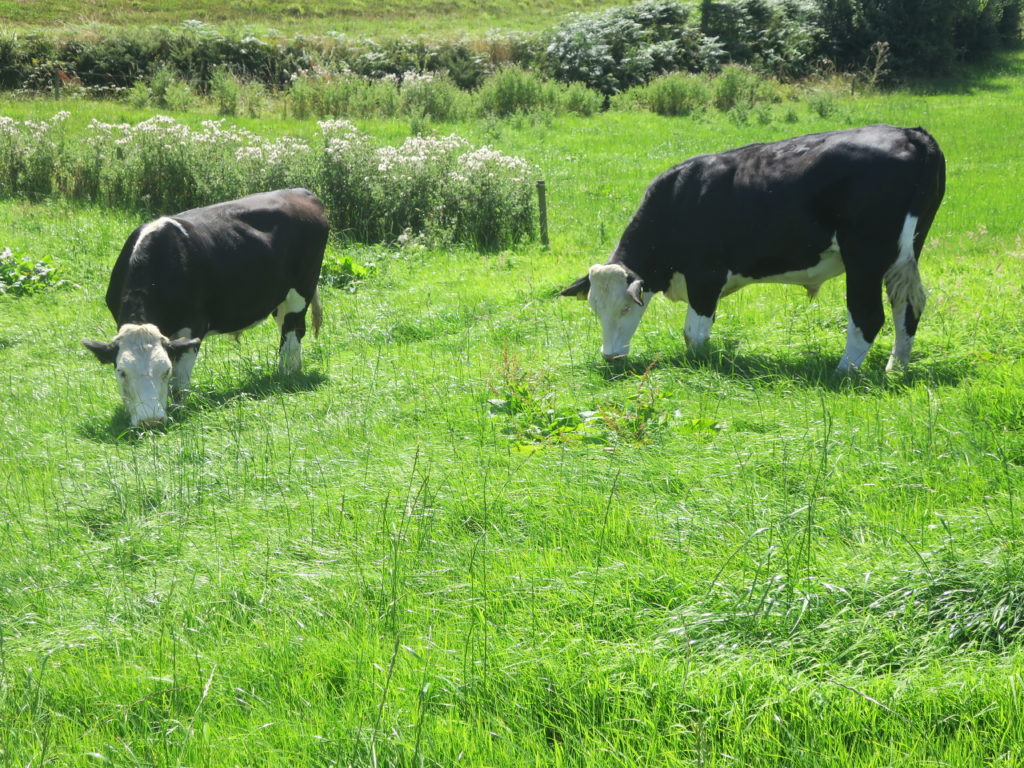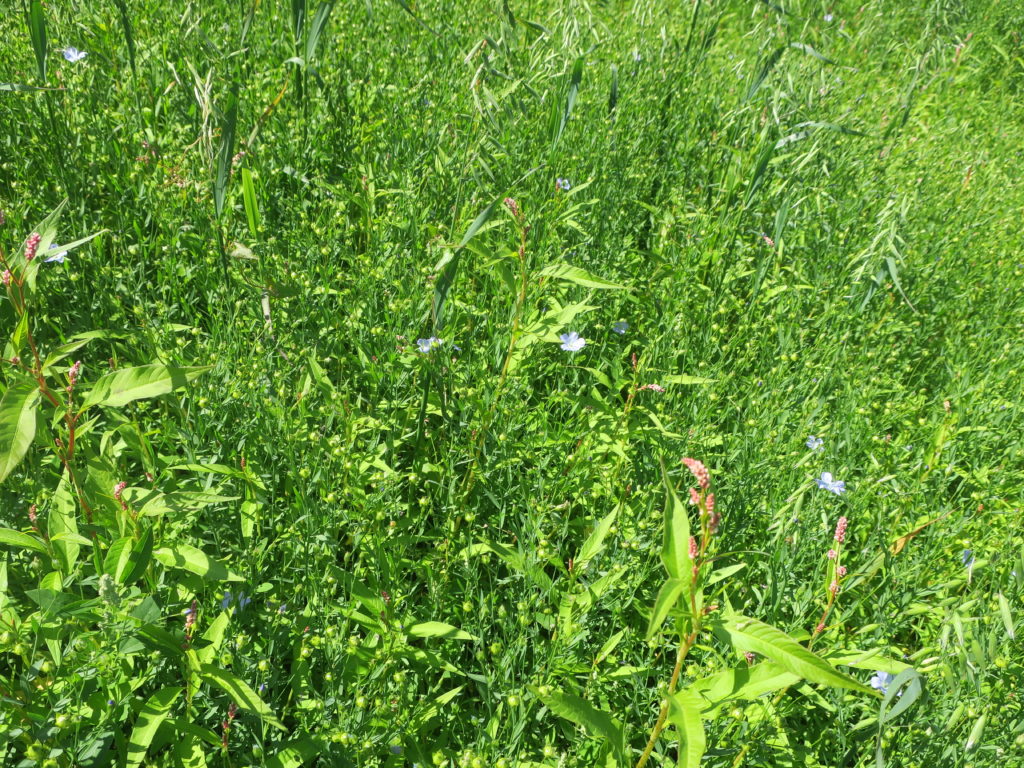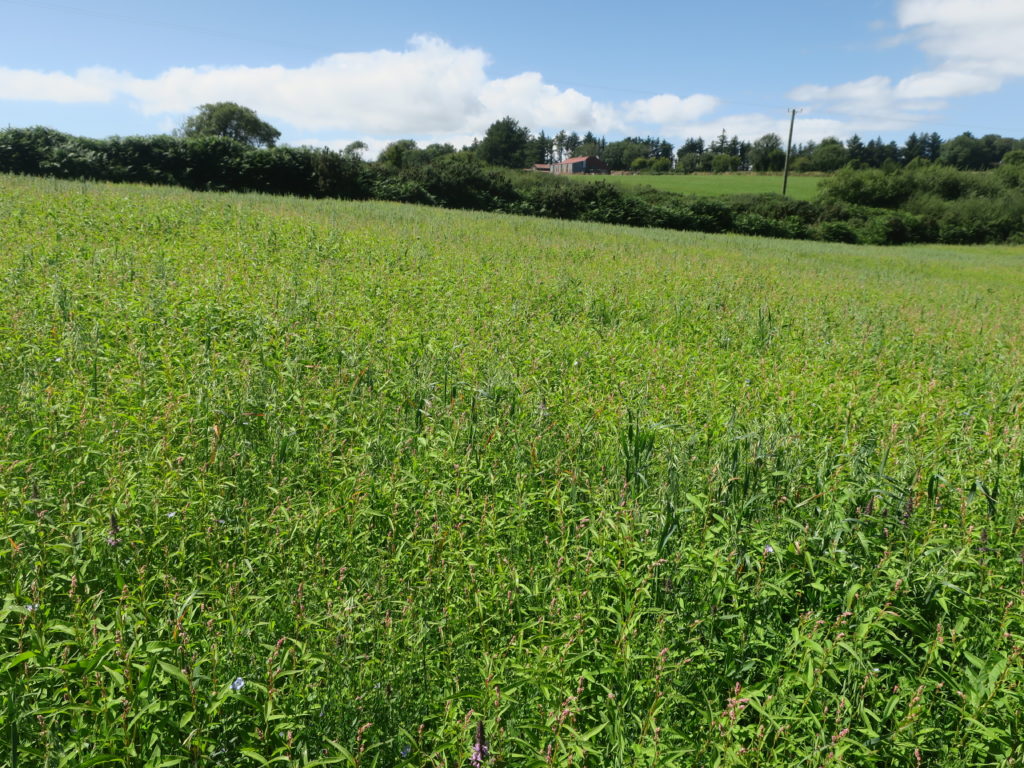“Early turnout is key to good performance from grass and then keep them going with fresh grass always.
Our farm is in the Green, Low-Carbon, Agri-Environment Scheme (GLAS) for the past 5 years, so we are required to complete a nutrient management plan and frequently take soil samples. We also undertake environmental protection measures such as planting wild bird cover and establishing bird and bat boxes. Our farm has a wide selection of wildlife including pheasants, buzzards and many small native birds. We are very proud of our riparian zone on the farm, which is an area that provides a critical habitat for insects, amphibians and other wildlife. During high flows, such as spring run-off, riparian areas store water, releasing it to the stream during low flow periods. Riparian areas absorb and dissipate water energy during floods and other high-water situations.

